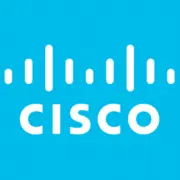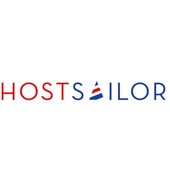
Best Server Virtualization Software 2025
Virtualization is the creation of a virtual (rather than actual) version of something, such as an operating system, a server, a storage device or network resources. Server Virtualization is the creation of such virtual instances or virtual machines (VMs) via hypervisors or physical servers providing multiple users access to isolated virtual spaces, effectively aggregating usage and spreading the cost of storage and access among users.
We’ve collected videos, features, and capabilities below. Take me there.
All Products
Videos for Server Virtualization
Learn More about Server Virtualization Software
What is Server Virtualization Software?
Server virtualization software allows multiple operating systems to run independently of each other on a single machine in a data center. Virtualization software called Hypervisors encapsulates a guest version of the operating system and emulates hardware resources. In this way, virtualization software uses hypervisors to allow multiple server instances to run on a single machine.
Virtualization software reduces the need for physical hardware systems. The resulting increase in resource utilization lowers server costs. Containerization, however, popular since the emergence of Docker, supplies an alternative to server virtualization for organizations that only require the use of one operating system. Containerization achieves greater efficiency than server virtualization software by foregoing a hypervisor and sharing a single instance of the operating system and running on the “bare metal” of the server.
Server Virtualization Software Features & Capabilities
Server virtualization software provides these common features:
- Type 1 or type 2 hypervisor
- Run multiple virtual machines using different OS on same server
- Automated virtual machine provisioning
- Manage remote physical locations, branch locations with rapid provisioning
- Server health monitoring, performance bottleneck, workload rebalancing
- Centrally control and optimize virtual machine environment
- Patch or backup virtual machines without interrupting service
- Migrate live virtual machines between hosts during scheduled maintenance
- Hypervisor-level security, including antivirus and anti-malware
- Secure apps and infrastructure with guest operating system lockdown
- Auditable activity, performance log
Types of Virtualization Software
Virtualization software can be distinguished by the type of hypervisor they utilize. Hypervisors are an important part of virtualization software as they allow a host machine to manage multiple virtual machines.
Type 1 hypervisors are installed directly onto the server. As a result, type 1 hypervisors provide high efficiency and stability. Server virtualization software that uses a type 1 hypervisor is ideal for larger operations that use many server instances.
Type 2 hypervisors are installed on top of a server’s operating system. Virtualization software using a type 2 hypervisor is easier to install and manage for smaller projects but can become more difficult to manage as projects grow.
Pricing Information
Server virtualization inherently reduces data center costs by improving resource utilization. Virtualization software subscriptions are available at a monthly or (more common) annual cost, with reduction in cost for up-front multi-year commitments. Subscriptions are priced according to managed hypervisor socket pairs, or per number of physical processors featuring virtualization. Free trials ranging from 30 to 60 days are available from some vendors. Server virtualization is also sometimes offered with on-demand pricing (e.g. compute capacity per hour).





















